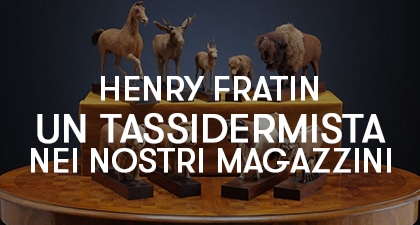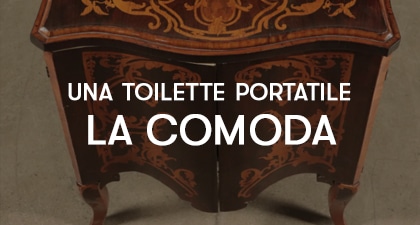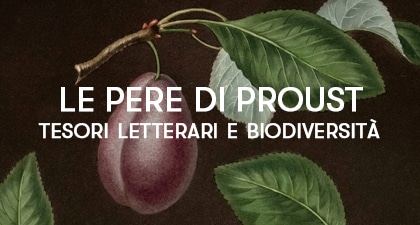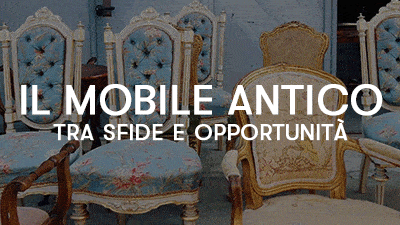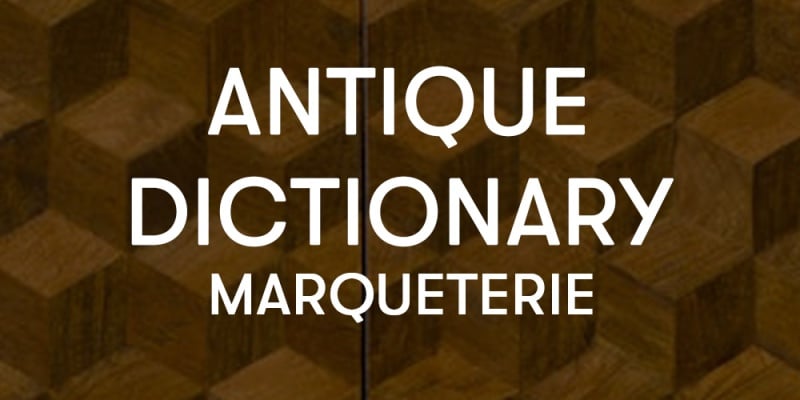
Today’s word is: Marqueterie. We explain its diffusion throughout Europe and two particular techniques of marqueterie.
Where does the term come from?
The word marqueterie is a French term. It derives from “marque” which translated into Italian means “brand, mark”. The term indicates a particular type of veneer of furniture plating; made with different woods or with different materials. The most used are: ivory, horn, turtle and metal.
Differences with inlay
From the description the marqueterie may seem the same as the processing of the inlay. Between the two types of decoration, however, there is a substantial difference. The marqueterie is performed on the plating, that is the thin sheet of wood covering the furniture. The inlay, on the other hand, as we have already told in one of our pages of the dictionary (you can find it here if you missed it) is done on solid wood, that is the innermost layer of wood.
Where did marqueterie spread?
In the ornamental processing of marqueterie excelled the Dutch furniture makers. At the beginning of the seventeenth century they also spread it in France. Here in the second half of the seventeenth century the marqueterie reached its maximum splendor.
The first menuisier who used the marqueterie in France was a certain Jean Macé of Blois; he was active at the court of Louis XIV in the mid-seventeenth century. Although he was the first artist to use this technique, it was not thanks to him that he established himself throughout France. The spread throughout the French territory of the marqueterie was thanks to André-Charles Boulle.
André-Charles Boulle

Fu a great cabinetmaker French. He tried his hand all his life with inlay and marqueterie. He developed a personal technique that consisted in making the inlays with golden brass and tortoiseshell; glued together on top of each other, thus obtaining two identical but inverted designs. This particular technique was invented in Italy but Boulle was so skilled that it was then called “Boulle inlay”.
In this technique not only two materials were used but many others such as tin, silver, horn, dyed bone, mother of pearl and ivory. In the choice of wood, ebony was preferred, which allowed a clear chromatic detachment of the applied parts.
Marqueterie throughout Europe
Other French cabinetmakers particularly skilled in the technique of marqueterie were F. Oeben, J. H. Riesener, d. Roentgen and numerous others. They are remembered both for the fineness of the decorations and for the variety of woods or materials applied.
After 1660 (Restoration) the Dutch introduced the marqueterie also in England. Here particular decorations were developed such as the floral one and the marqueterie “seaweed” (sea-weed).
In Italy this technique had its greatest representative in Giuseppe Maggiolini (1738-1777). He was another very valuable exponent of the marqueterie; He used it with various materials and with floral and trompe-l’oeil motifs.
Types of marqueterie

With the technique of marqueterie cabinetmakers could give free rein to their creativity and for this reason many types developed. Let’s try to explain two of these.
One is called en première partie or “positive”. It is composed of turtle foil (or other materials mentioned above) as a background and metal to fill the holes.
Another technique is called en contrepartie or “negative”. Simply from the name we can guess that it will be done in an opposite way than the first. The bottom, therefore, is made with metal and the decorative pattern with the other materials listed.
The refinement of those who used these techniques was to make two pieces of furniture: one with the “positive” technique and one with the “negative” technique. The two pieces of furniture were then placed next to each other or in any case in the same environment. In this way, very striking visual contrasts were created.
An example
Unfortunately we do not have two pieces of furniture made with these particular techniques but we can show you a very elaborate piece in our gallery.

It is aneoclassical spotlight of the typical Rolese production. On the front it has drawers surmounted by a drawer and a folding door. It is made of walnut; It has the typical toppo inlays, geometric frames mark the sides, the top and the door. In this piece of furniture there are the two ornamental processes of inlay and marqueterie.


On the flap door there is an inlaid bird while in the central one there is an elegant marqueterie design. Did you recognize them?
If you want to discover all our antiques you just have to come and visit our warehouses in Cambiago. We are waiting for you!


